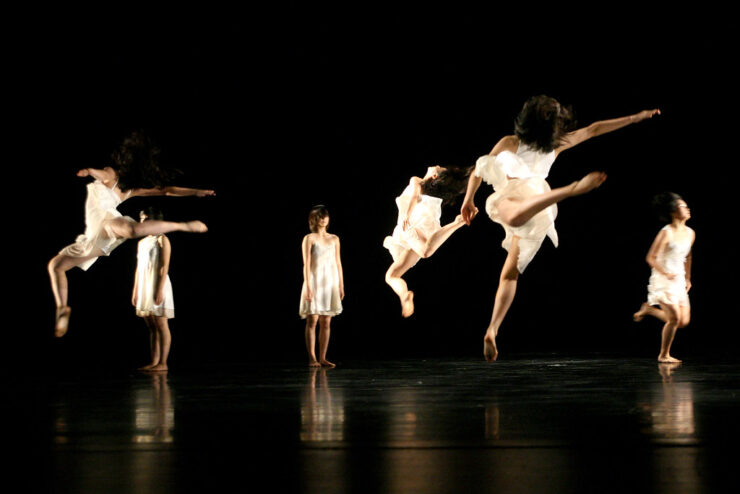
Image free to use through CCL.
Many have the assumption that all dance requires is the ability to be graceful, to stand on your toes with ease, to leap through the air and land without making a sound, the ability to make everything look effortless. There is this misconception that dance isn’t a sport. That is simply an easy art form. While it is an art form, it can also be a sport. When compared to football, many think it looks easy. Research shows that dancers have as much strength as football players or even possibly more.
“Kinesiologist Dr. Jill McNitt-Gray has observed many dancers throughout the years and has noticed that they can move their feet up to fifteen miles per hour and turn over one hundred times per minute.”
(Dachowski, Kylie).
Many athletes of different sports engage in dance and Pilates classes to strengthen their own muscles and increase flexibility. Dance is officially recognized as a sport by the Olympic Committee, yet we fail to see it year after year as an event.
What makes something a sport?
- Athletic activity
- Competitive
- Judges or referees
- Social participation
- Formal rules
- Exists through organizations
It meets all the requirements of being a sport. It is competitive, physically engaging, and requires skill, and determination. Many associate dancing with being such a feminine sport, limiting its exposure to social circles. This often happens in America, the thought of a little girl doing ballet is cute. But the thought of many, when a boy says he wants to dance, is repulsive. We only have society to blame for these stereotypes. The truth is dance is meant for anyone, and in other countries being a male dancer is highly praised and rewarded.
Dance is not only a physical sport but a mental one. Students often remember hours’ worth of choreography, terminology, and corrections. No other sport can also be as mentally detrimental to young athletes. Dancers often spend upwards of 15-25 hours a week alone staring at themselves in the mirror. This can have serious side effects such as eating disorders, body dysmorphia, and perfectionism.
Nonetheless, all that time dancers spend in front of the mirror only makes them stronger. “Dancers tended to have more aerobic capacity, higher muscular endurance because of their ability to jump very high, a higher endurance for spending longer periods of time working their muscles, higher flexibility, and better agility. Therefore, dancers are right up their ability-wise with football and baseball players, but much less attention,” (Dachowski, Kylie). It is time our world recognizes that dance is a sport. Made for any gender, race, age, and ethnicity. It is never too late to join the sport.
Blog Citations: Dachowski, Kylie, et al. “SIOWFA15: Science in Our World: Certainty and Controversy.” SiOWfa15 Science in Our World Certainty and Controversy, 17 Sept. 2015, https://sites.psu.edu/siowfa15/2015/09/17/is-dance-a-sport/.
